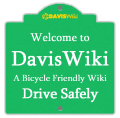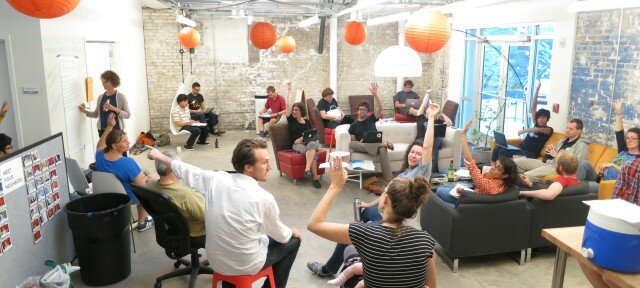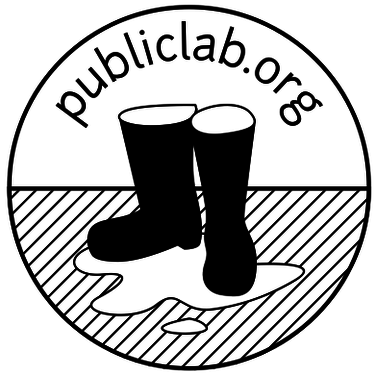 On March 24th, Public Lab and the Southeast Side Coalition against Petcoke presented at Chicago’s OpenGov Hack Night about their homemade environmental monitoring kits.
On March 24th, Public Lab and the Southeast Side Coalition against Petcoke presented at Chicago’s OpenGov Hack Night about their homemade environmental monitoring kits.
Their project was in response to petcoke being dumped all over Chicago’s southeast side. Petcoke is a byproduct that oil refineries produce that’s used to as a fuel source for power plants. However, they never burn the fuel in the US because it’s illegal – instead it gets shipped overseas to burn in places without as much environmental regulation.
In Chicago, most the petcoke pollution comes in as a result of the KCBX Terminal in Indiana – which is owned by Koch Industries. Energy company BP was placing piles and piles of petcoke along the river as it was awaiting shipment. When the winds get strong, petcoke dust from uncovered shipping containers blows into southeast Chicago.
Uncovered Pet coke on the calumet river in South Chicago #Greenpeace #petcoke #nrdc #KochBrothers #nopetcokechi pic.twitter.com/jbllZMD4PA
— Olga Bautista (@OBauti) April 12, 2014
One of Olga Bautista‘s first encounters with petcoke was at a birthday party being held in a city park. A gust of wind quickly covered everyone and the birthday cake – rending the cake completely unedible. Bautista and her neighbors began to organize against petcoke in their neighborhood. To help with the effort, the Coalition worked with Public Lab to create Balloon Mapping Kits to help gather data on petcoke pollution.
The team built Ballon Mapping Kits to measure pollution pic.twitter.com/YCEXJFOW64 — Smart Chicago (@SmartChicago) March 24, 2015
The Balloon Mapping Kit was used to measure air quality on the southeast side and provide evidence of the pollution petcoke was creating.
.@OBauti : Southeast Chicago has seen 800 ppm particulate #petcoke counts on windy days, EPA rec 150ppm 1 day in 3 yrs max. #chihacknight
— Tim McGovern (@herdingbats) March 24, 2015
They then put pressure on the city to pass ordinances regulating petcoke in the city. In response, the city passed an ordinance requiring that all petcoke shipments be enclosed and that companies must take measures to limit the spread of petcoke. Rather than the build the facilities to enclose the petcoke, BP has opted to simply send the petcoke elsewhere.
Petcoke is still a problem in Chicago as it still can get shipped through the city limits. The city has capped the amount of petcoke that can move through the city at any one time, but the Coalition wants to get that number to zero. The coalition urges people to call 311 and to tell elected officials that the only acceptable amount of put through for petcoke is zero. The Coalition will be continuing their work with Public Lab – which recently received a grant to conduct additional air quality monitoring.
In addition, if you see petcoke the City urges you to report it to 311.
For more ways to get involved, you can check out the environmental breakout group at OpenGov Hack Night.
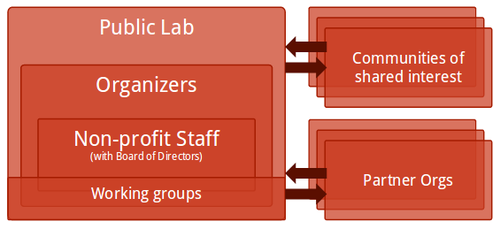
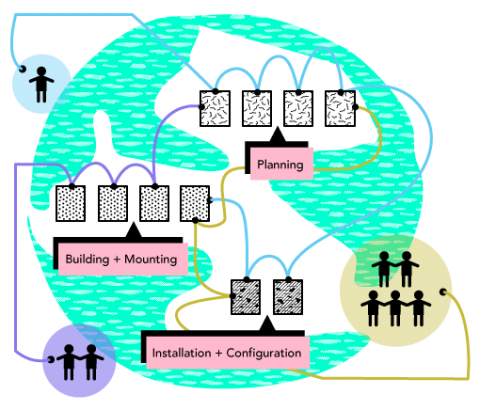
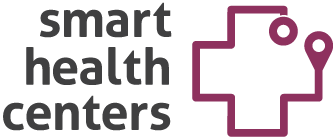 The Smart Chicago Collaborative seeks to immediately contract with 2 Health Navigators to work in our
The Smart Chicago Collaborative seeks to immediately contract with 2 Health Navigators to work in our  Once again, Smart Chicago Collaborative will be a national partner for National Day of Civic Hacking providing training content as well as running our own National Day of Civic Hacking events here in Chicago.
Once again, Smart Chicago Collaborative will be a national partner for National Day of Civic Hacking providing training content as well as running our own National Day of Civic Hacking events here in Chicago.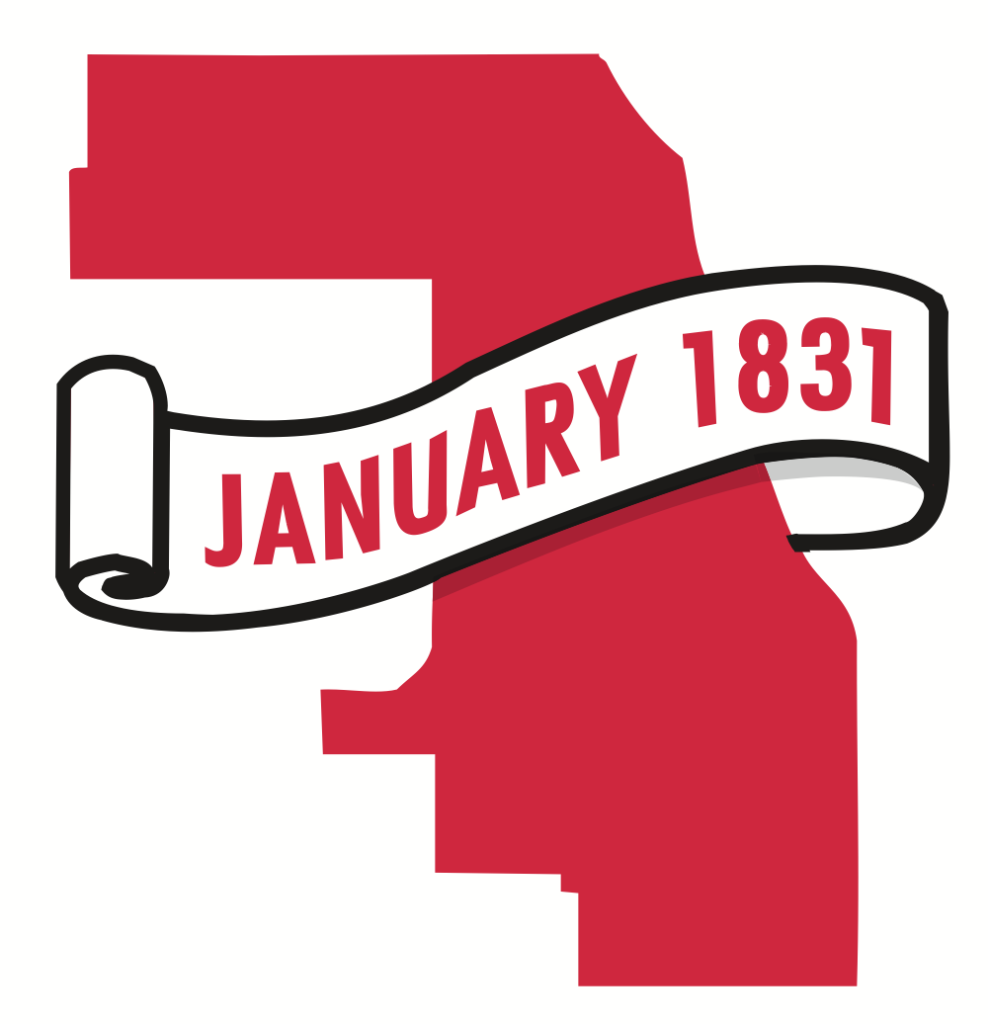 Here are some Cook County Datasets updated in March 2015:
Here are some Cook County Datasets updated in March 2015: